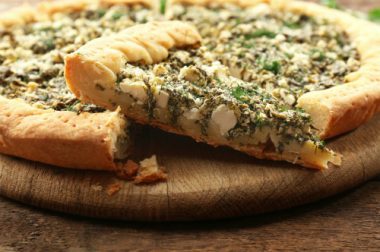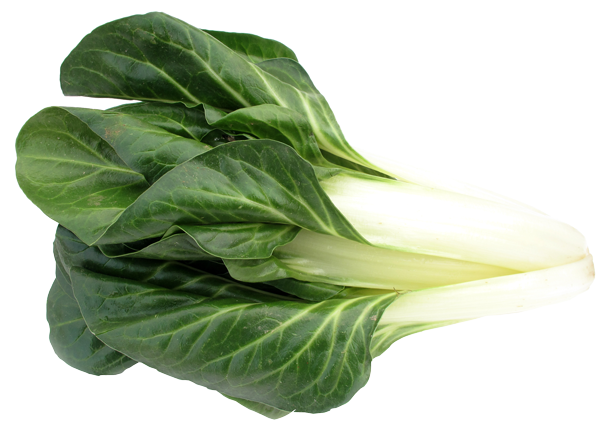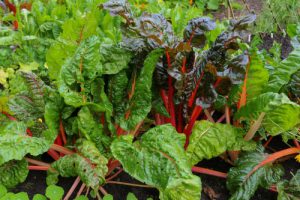Recipes we love
See all recipesSwiss chard with Morteau sausage
Frozen ribs or chicories can also be used, but do keep some swiss chards for a very pleasant acidity...
Atouts
pour la santé
Antioxidant greens
The green part of the chard leaf is particularly rich in pro-vitamin A, or beta-carotene, an essential vitamin for the skin, tissues, and vision. So, don’t throw it out — cook it!
Chard is also a source of:
- Iron: (red blood cell formation — women, children, and teenagers are often low in this nutrient)
- Vitamin C: (skin collagen, the nervous system, psychological functions, the immune system, anti-oxidative stress)
- Potassium: (the nervous system, muscle function, blood pressure)
Chard also contains:
- Magnesium
- Calcium
- Phosphorous
Nutritional composition
When is the right time to eat chard?
From June to November.
Chard is grown in fields and is best enjoyed when it is harvested from June to November. Outside of this period, chard is grown in greenhouses.
Vegetable patch
or urban balcony?
Chard is biennial plant. It grows well in rich, cold, deep, pH-neutral soils (pH = 7).
To learn everything you need to know about growing chard, read the page on growing advice.
Choosing
and storing
Choosing the best chard:
- The stems should be firm to the touch and white in color. Leaves should be intact and even green in color.
Storing chard:
- Store in cool conditions in the vegetable drawer of the refrigerator for two to three days.
- Chard can also be frozen after blanching in boiling water
Tips
and tricks
How to prepare chard:
Stems and leaves don’t have the same taste so they are prepared differently.
- The stems are more fibrous and require longer cooking time than the leaves: Ten to fifteen minutes for stems. Remove any stringy parts when chopping the stems.
- The leaves cook faster (generally seven minutes, depending on the cooking method). But be careful, they’re also bitterer! Generally, the leaves are cooked first in water and then fried in fat or added to a dish.
Chard goes well with:
The leaves are perfect in omelets, sweet pie (a Niçois specialty), or ‘tarte al djote’ (a Belgian specialty).
You can make delicious quiches, tarts, soups, and gratins using the stems.
Can everyone
eat it?
Young children
Babies can eat chard from the age of 6 months. The leaves, which are bitterer than the stems, will probably have to be offered to the child several times before they get to like them. Another reason to start feeding it to children from six months is that children accept 80% of foods offered to them and develop their palates. After 12 to 18 months, children reject more foods, particularly if they are bitter. It’s better that they learn to like the maximum number of vegetables before this age.
And everyone else
For older people, the best recipe to get them to like chard is definitely a lovely golden gratin baked in the oven! Generally, any combination of chard, cheese, and béchamel sauce is a success. The long cooking time required for gratins makes the texture of the stems less fibrous — older people generally don’t like fibrous textures — and is also good from a nutritional perspective as a source of dairy and calories, both of which they need!
See plenty of other tips for encouraging children to eat vegetables

Where do they come from?
Origins and varieties
Origins
Chard is mainly grown in Italy, France, and Spain.
Varieties
For a long time, there were only two types of chard – red-stemmed chard, or white-stemmed chard, but at the end of the 19th century, the vegetable became very popular, with eight to ten varieties grown. Swiss chard, silverbeet, and perpetual spinach are other names used for the different varieties, with colors varying from light to dark green, and red, purple, or silver.
The two most common varieties in Europe today are white chard with green stems, and green chard with white stems. They are divided into several regions, for example, ‘from Nice’, or ‘from Ampuis’, for green chard.
Did you know? Chard is not the same as cardoon (link), as the former has edible leaves and stems, while only the stem (stalk) of the cardoon is edible.



 Chickpeas
Chickpeas  Bitter greens
Bitter greens  Vegetable garden: growing gherkin
Vegetable garden: growing gherkin 










